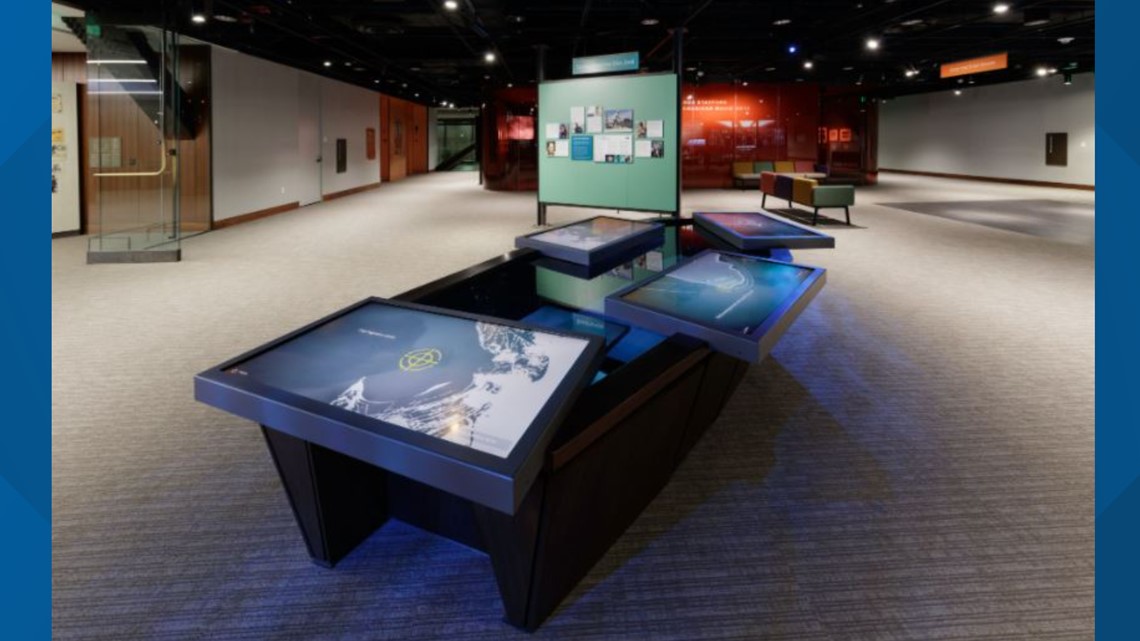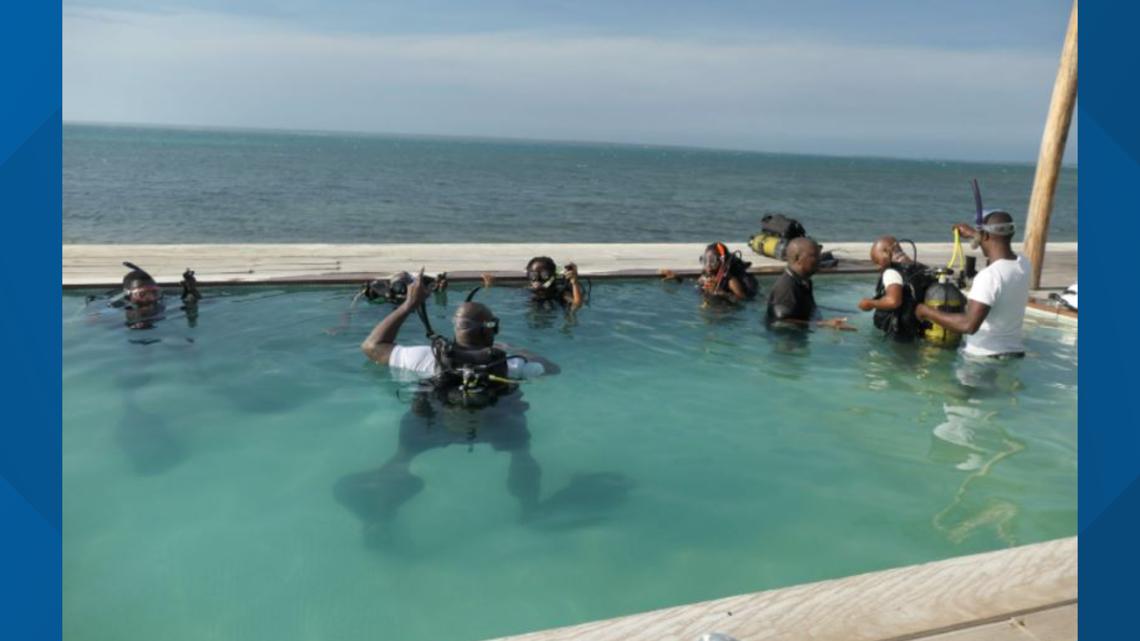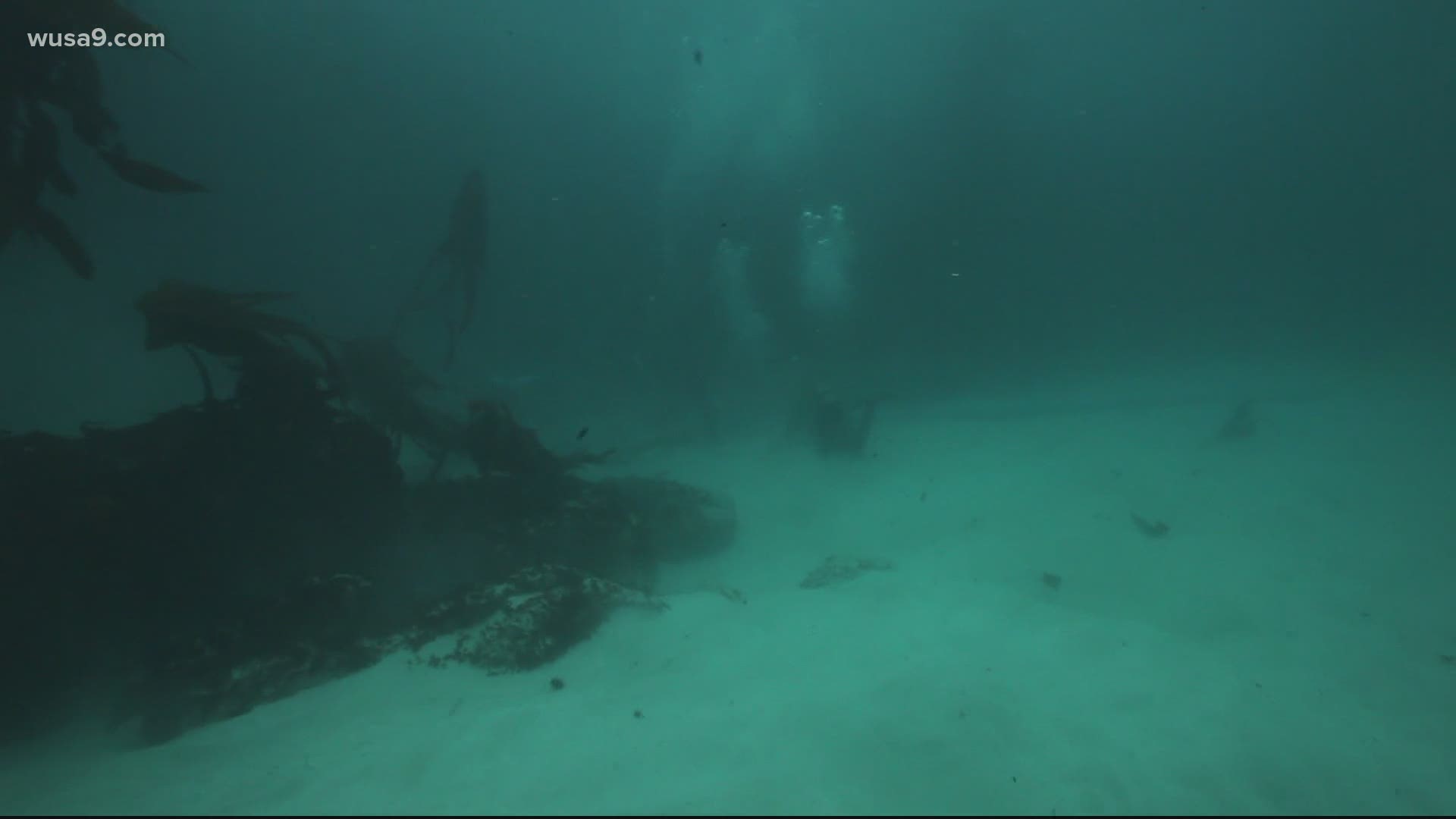WASHINGTON — The Smithsonian’s National Museum of African American History and Culture (NMAAHC) is on a mission---to share the whole truth about the experience of African Americans.
Trying to unearth the truth requires researchers to gather artifacts from some of the highest and lowest places on earth. The Slave Wrecks Project, a collaborative effort between the museum and outside education and advocacy institutions, is focused on unearthing artifacts by identifying and studying the wreckages of slave ships around the world.
“We have history that hasn’t been uncovered,” Dr. Justin Dunnavant, an archaeologist with the Slave Wrecks Project, said. “We have underwater history that hasn’t been uncovered.”


Dunnavant has done work in Africatown, Alabama, a city that was formed by African Americans after the emancipation of enslaved people. Many of those in the town crossed the Atlantic on a ship named the Clotilda -- the last known slave ship to reach the United States.
Historians say the ship docked in Alabama’s Mobile Bay but was destroyed to hide evidence of the illegal voyage. It would be nearly 160 years later that the Alabama Historical Commission would confirm wreckage of the ship had been located.
“For me, I just enjoy this idea that we’re exploring something new each time we come across this wreck,” Dunnavant said.


The researchers came across their biggest find in 2015.
With the help of institutions like the Iziko Museums of South Africa, researchers located the São José -- a Portuguese ship which sunk in Cape Town, South Africa’s Camps Bay. Two hundred and twelve enslaved Africans died, 331 enslaved Africans survived and ended up being sold to farmers in South Africa.
“One thing that voyage teaches us…a connection to the East African slave trade and to the Indian Ocean slave trade,” Dr. Paul Gardullo, director of the Center for the Study of Global Slavery, said. “I think what you’re going to see in the next 15 to 30 years, is a deepening recognition and growing research on the Indian Ocean slave trade that connects that connects East Africa to Asia.”


Gardullo said he anticipates the work done by the Slave Wrecks Project and other organizations will change the way people think about slavery, giving a better picture of the scope and global market of the slave trade.

